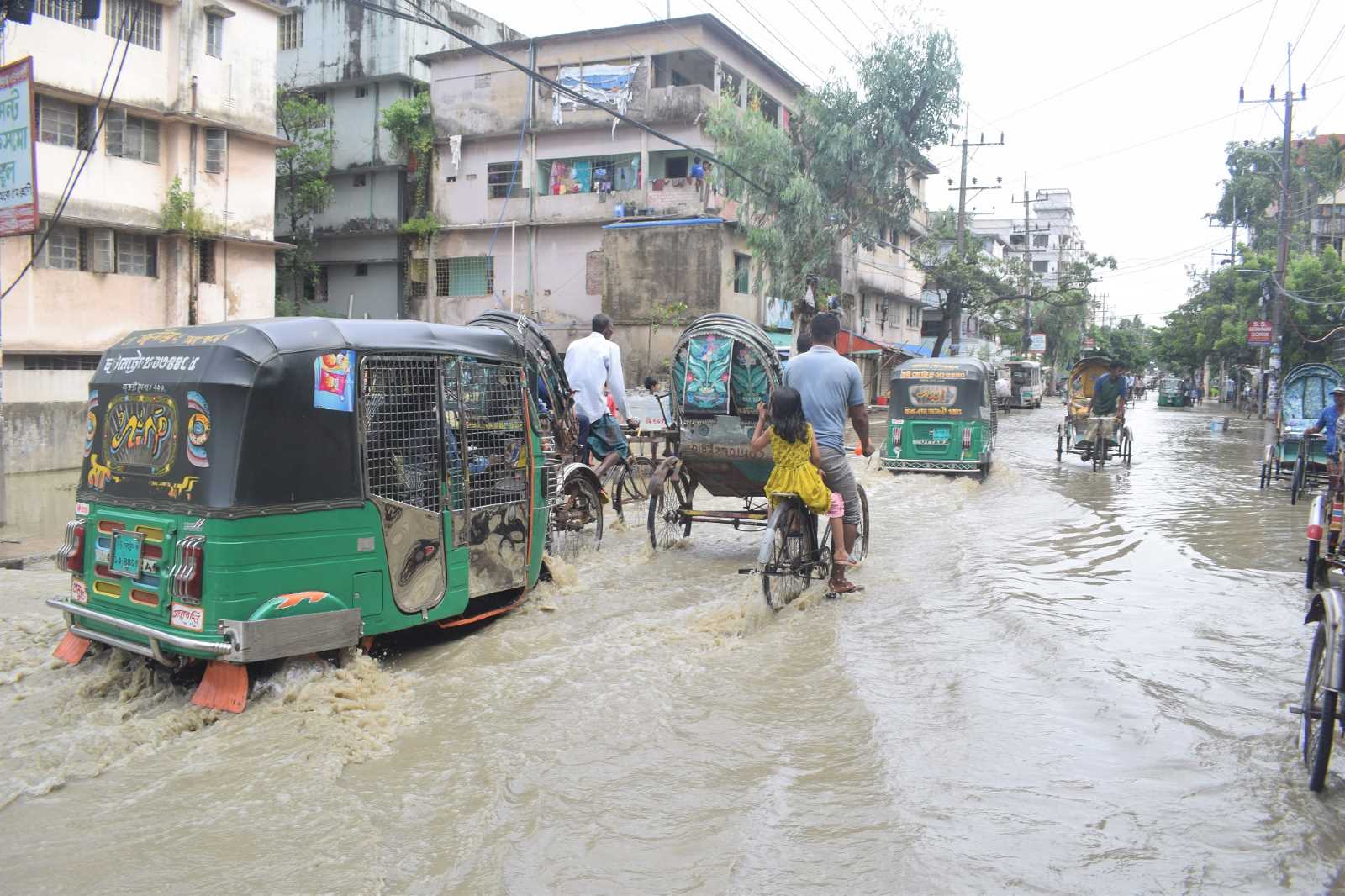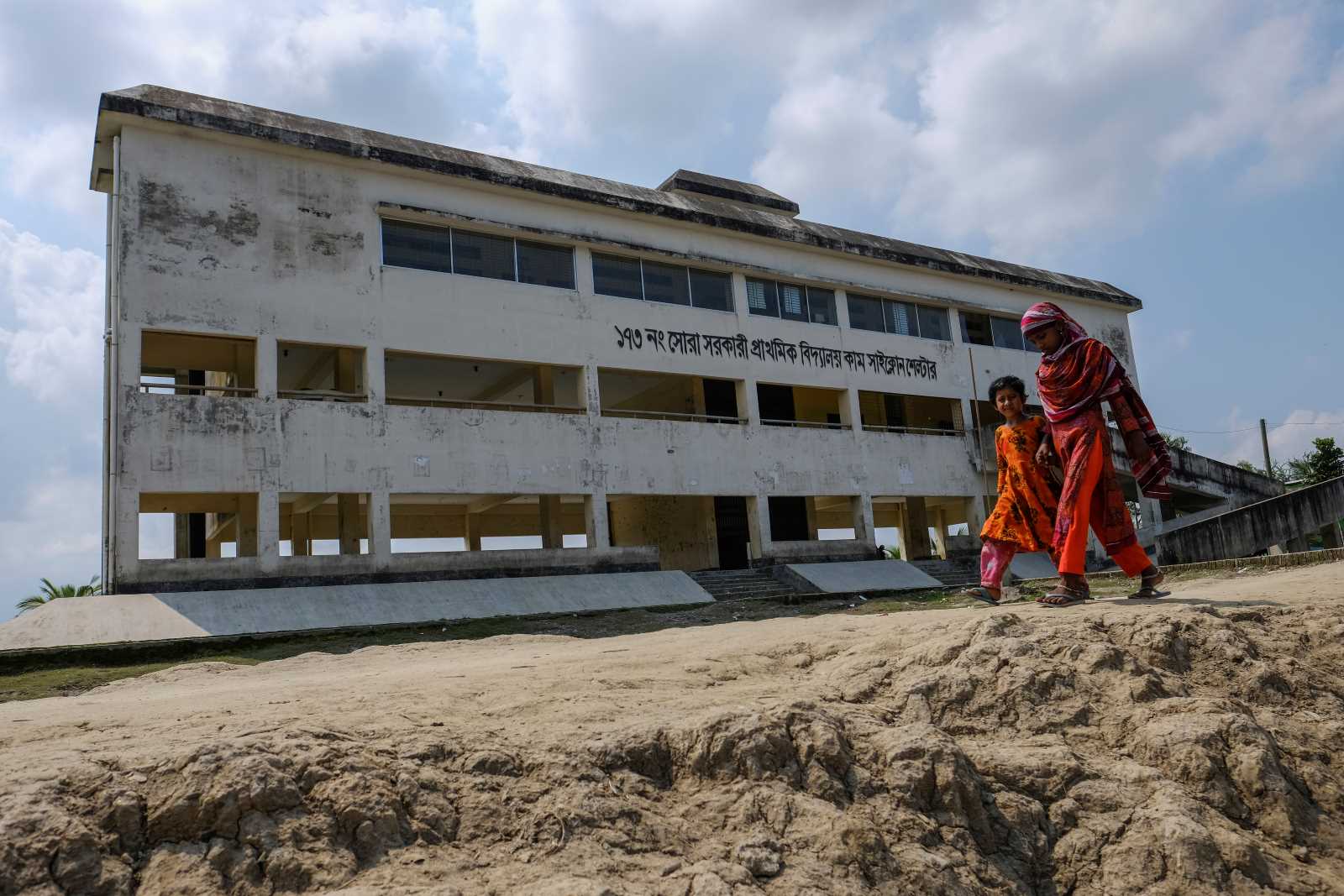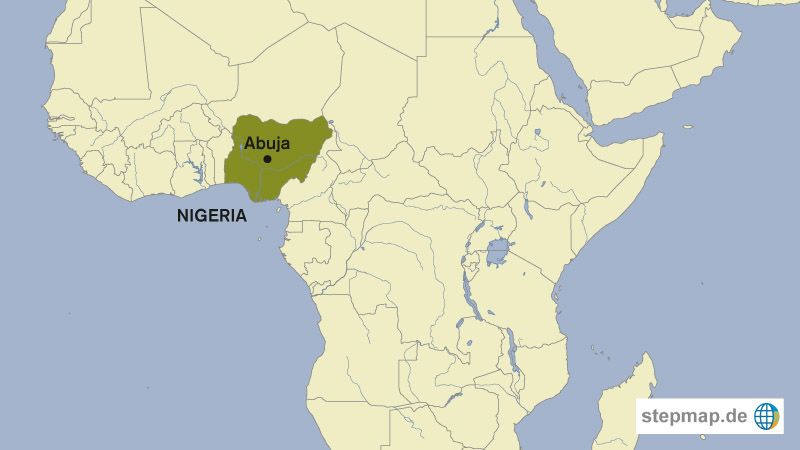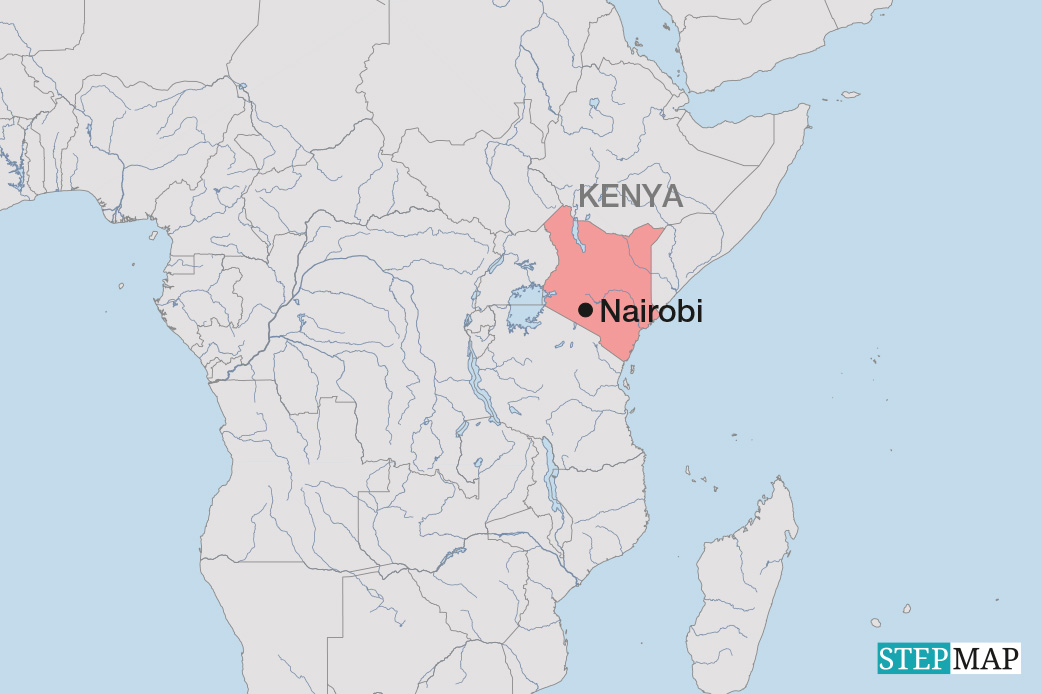Transforming transportation
Combining digitalisation and mobility
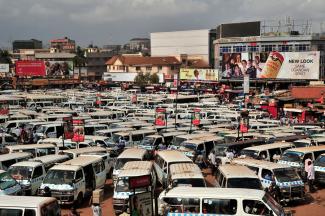
Two mega-trends are shaping the debate on new, more sustainable forms of mobility:
- digitalisation and
- the shift away from the internal combustion engine.
Both trends are playing out differently in industrialised and developing countries, and they will probably continue to do so for the foreseeable future.
In industrialised countries and highly dynamic emerging markets like China, the days of cars with internal combustion engines seem numbered. They are slowly being replaced with battery-powered vehicles. This change requires significant investments. Even in OECD countries, the charging infrastructure remains inadequate, and that is slowing down the expansion of e-mobility. It is therefore hard to predict how long the transformation will take.
So-called bridge technologies, which are already available, must help make the transition. Relevant technologies include hybrid cars, natural-gas powered cars or particularly fuel-efficient conventional cars.
The other big trend is digitalisation. It applies ever more to mobility. Almost all modern modes of transportation depend on digital solutions. Car companies increasingly see themselves as service providers and are diversifying business models to include car sharing or even grocery delivery directly to the car trunk. Moreover, internet companies like Google are experimenting with self-driving cars. Such trends show that cars of the future will be based on sophisticated electronics, have internet connections and be networked with other vehicles.
At the systemic level, digitalisation offers significant opportunities for greater sustainability. For example, coordinated signal phases, traffic control systems and usage based toll systems can contribute to managing traffic flows better. In a few years, self-driving cars will be a viable option, opening up new possibilities.
Inner cities could be freed from the cars that currently are parked there about 80 % of the time. Moreover, an inner-city toll could direct individual traffic flows towards public transportation, blurring the boundaries between the public and private transport. Commuters of the future may use smart-phone apps to order self-driving taxis to take them to the next metro station. Perhaps they will share those taxis with others. Then, after leaving the metro, people might use rental bikes to get to their final destination.
What matters in this kind of scenario, is not the individual mode of transportation, but rather the smart combination of different modes. Digital coordination will ensure optimal use. Ideally, this approach will make commuting more comfortable, faster and less polluting than it is now.
The African scenario
For three main reasons, things are likely to turn out quite differently in Africa:
- Population growth – the UN estimate that the world’s urban population will grow by 2 billion by 2060. The majority of those people will live in African agglomerations. The cities concerned are poorly equipped to deal with today’s traffic, and the situation will get even worse unless urban infrastructures are improved fast.
- More personal cars – the emergence of a middle class has increased the demand for individualised mobility. If business continues as usual, the World Economic Forum expects the number of personal cars to double to 2 billion by 2040. Most of that growth would be in developing countries and emerging markets.
Inadequate electricity supply – in almost all African countries, the supply of electric power is insufficient, and the existing capacities mostly depend on fossil fuels like coal and oil. Furthermore, in almost all developing countries and emerging markets, power transmission and distribution systems are underdeveloped. The additional power that would be needed for widespread electro-mobility will therefore not be available for a long time.
The implication is that, though the switch to e-mobility is necessary, it is unlikely to happen any time soon. On the other hand, digitalisation could have a positive impact on traffic behaviour and mobility patterns in the global South. The reasons are the low barriers to entry and the people’s affinity to technology. The example of smartphones has shown that “leap-frogging” is possible – and that could be the case once more when it comes to mobility.
As a matter of fact, some digital applications were invented in developing countries and are now making their way to Europe and North America. This shows that great leaps forward do happen. The innovations extend from mobile banking to bike sharing models. Moreover, web-based taxi-booking systems have fast become popular in developing countries, sometimes modifying the existing shared-taxi systems. Innovations of this kind are appealing not only because they are efficient, but also because they offer women more security than do buses or metro trains. Another new option is to better link taxi-sharing schemes with newly-created public transportation systems.
While the electrification of transportation will proceed much more slowly in developing than in industrialised countries, digitalisation is likely to bring about progress in mobility in different and unexpected ways. Some probably cannot even be imagined yet.
Despite currently lacking sufficient electric power, developing countries should bear in mind that the internal combustion engine will eventually be phased out there as well. This approach serves planning security and is in line with current trends in transportation.
For practical purposes, this means that developing countries and emerging markets should prioritise the expansion of public transportation in urban areas. The success of bus rapid transit systems in Latin America since their inception 25 years ago shows that solutions to pressing traffic problems can be found – and that they can be implemented with comparatively small investments and a manageable amount of planning (see Nicholas Hollmann in D+C/E+Z e-Paper 2016/10, p. 18). These systems are inexpensive and can be set up fast.
Acceptance, however, depends on the buses being linked well to other modes of transportation, including shared-taxis and non-motorised transport.
A solution for some cities might be light-rail systems. So far, there are only very few in African cities. It is true that they are expensive and require a lot of planning, but they pay off in the long run – particularly in view of the fast growth the cities concerned are set to experience.
Another option is smaller vehicles, such as electric-powered two- or three-wheelers. Some models are already cheaply available and can carry a considerable weight. If this kind of e-mobility is adapted to income levels and spotty power supply, it can help to reduce energy consumption and facilitate further network expansion. Such a tailored approach to individual mobility could be implemented fast in developing countries.
On the other hand, electric self-driving cars are unlikely to mark urban traffic in Africa in the foreseeable future, with the possible exception of a few spearheading metropolises such as Nairobi, Johannesburg or Lagos. The lack of electric power is not the only reason. The other one is that 20 million young Africans will be leaving school every year and looking for jobs. Unemployment is already high, so drivers are available for rather low pay – and that is likely to put a brake on the self-driving trend.
All things considered, it is obvious that the bridge technologies mentioned before – hybrid, natural-gas and fuel-efficient engines – will be needed for much longer in Africa than in industrialised countries. They are the level of sustainability that is achievable in current circumstances – and getting there is actually quite ambitious. As things stand, Africa needs a transportation transformation and can manage it – but the transformation will look differently and occur later than in the global North.
Klaus Gihr directs the KfW Development Bank’s Sector Policy Unit for Infrastructure and Natural Resources.
klaus.gihr@kfw.de
Friederike Bauer is a freelance journalist specialising in foreign affairs and global development.
info@friederikebauer.de
